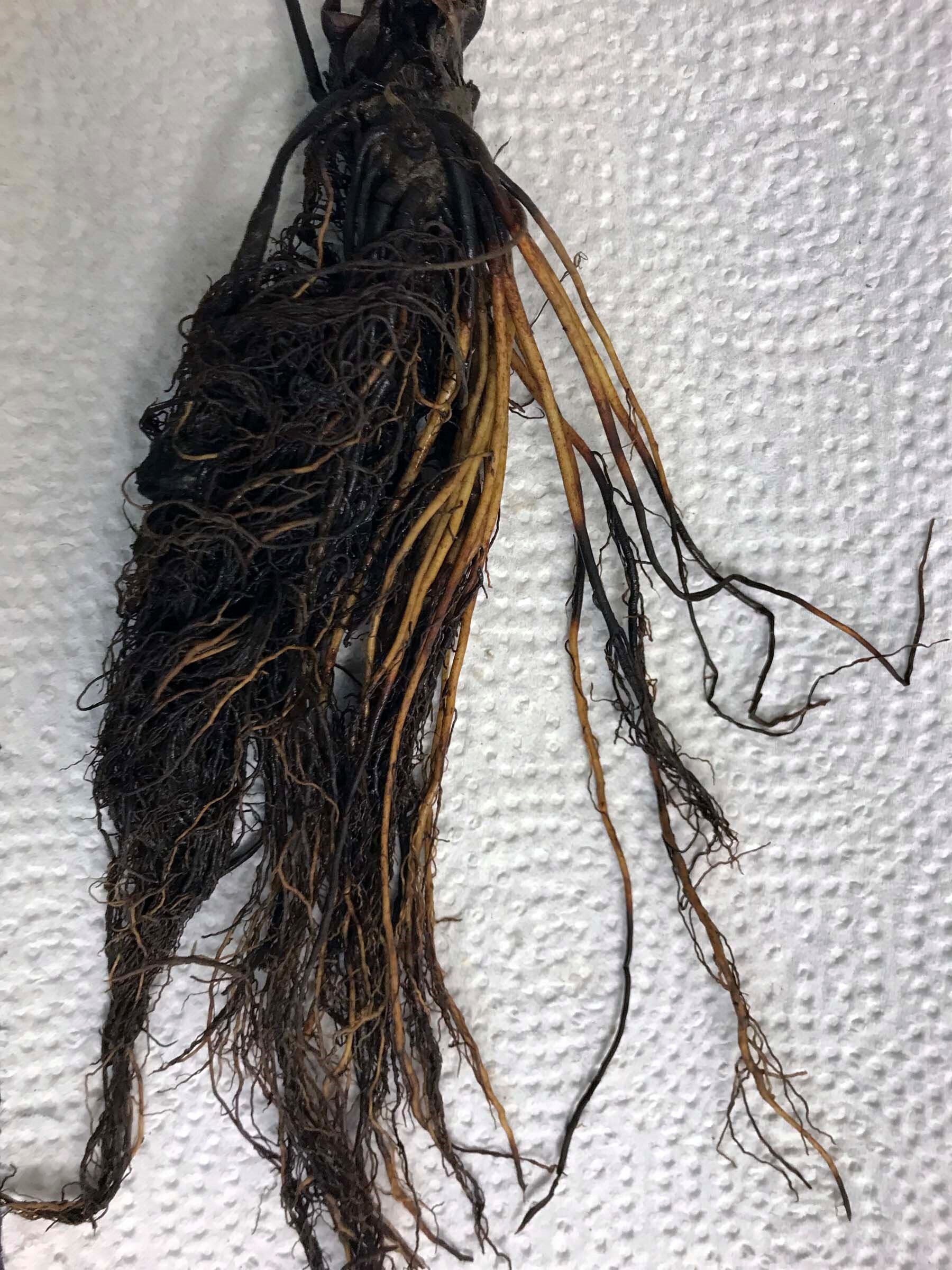By David Strickland and Kerik Cox
Disease Snapshot: Mycosphaerella Leaf Spot of Strawberry (Bird’s Eye Spot, White Spot)
Causal Pathogen: Mycosphaerella fragariae
When to watch for it: Year round
First line of defense: Plant disease-free nursery stock
Summary:
Infections can occur on fruit (black seed), petioles, stolons, and leaves. Foliar lesions first appear as irregular purple spots on both the upper and lower surfaces of the leaf. Lesions develop a brown to white center as they mature, with a rusty brown border surrounding the necrotic area of the lesion. Severe infection on a susceptible cultivar will kill the leaf as lesions coalesce over the entire surface. Symptom expression varies by cultivar, temperature, and strain of M. fragariae. M. fragariae can overwinter as lesions on living leaves under snow cover, as conidia from overwintering dense masses of mycelia (sclerotia), and as sexually recombinant ascospores. Conidia from sclerotia are rain-dispersed from dead leaves in the field in the early spring, and ascospores are disseminated by wind. Virtually all parts of the plant are susceptible regardless of age, but lesions are most severe on middle-aged leaves. Severely infected plants are less likely to survive the winter, and those that do will have a reduced number of flowers in the spring.
Resistance reports have varied by state, and resistant cultivars may or may not be an effective means of disease control. Removing dead plant matter before winter will reduce inoculum carry over between seasons. Fungicide applications are recommended for plantings with susceptible varieties in the early season to eliminate overwintering inoculum.











